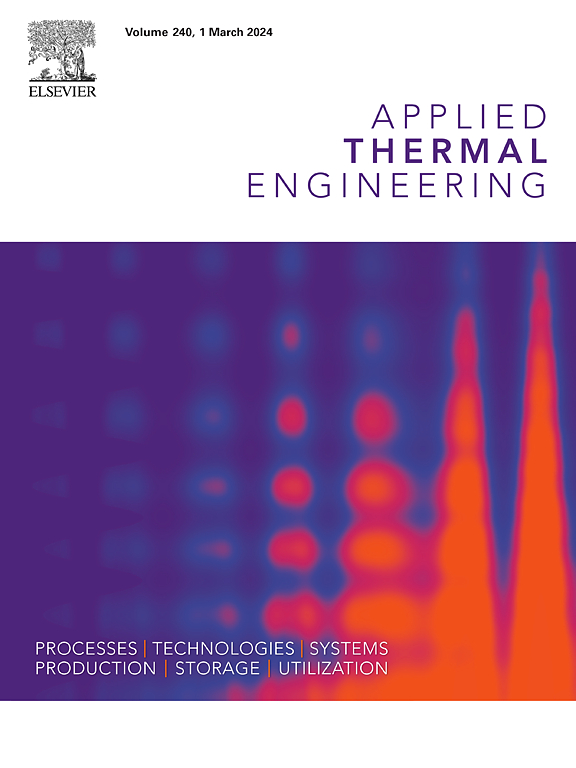Research on energy utilization of electron beam melting for silicon purification
IF 6.1
2区 工程技术
Q2 ENERGY & FUELS
引用次数: 0
Abstract
As a key material for solar photovoltaic power generation, the purity of silicon plays a crucial role in the photovoltaic conversion efficiency and performance. The electron beam melting (EBM), which is irreplaceable metallurgical methods, has been widely used for silicon purification. However, high energy consumption result in relatively high cost, which limits its widespread application in melting industry. This study was centered on the energy distribution that proposes a new approach to reducing energy consumption during EBM. The scanning form of electron beam is most important factor concerning energy consumption. Different scanning forms can affect the characteristics of molten pool which is closely correlated with the purification process. In this study, efficient and energy-saving preparation processes of EBM are being explored through the numerical model and experimental. The relationship of energy distribution form and purification efficiency is studied. The research results indicate that electron beam scanning under uniform distribution can achieve more uniform temperature and flow field distribution in the molten pool, which has a higher energy utilization rate during silicon purification by EBM. The mathematical model established in this study can effectively predict the energy consumption level under different melting parameters, providing important reference for the optimization and energy conservation of EBM process for other materials. In addition, evaporation characteristics of volatile impurity, migration of the second phase particles in the melt, controlling of melt pool characteristics and the crystal growth control all can be conducted based on this study.
用于硅提纯的电子束熔化能量利用研究
作为太阳能光伏发电的关键材料,硅的纯度对光伏转换效率和性能起着至关重要的作用。电子束熔炼(EBM)作为一种不可替代的冶金方法,已被广泛应用于硅的提纯。然而,高能耗导致相对较高的成本,限制了其在熔炼工业中的广泛应用。本研究以能量分布为中心,提出了一种在电子束烧结过程中降低能耗的新方法。电子束的扫描形式是影响能耗的最重要因素。不同的扫描形式会影响熔池的特性,而熔池的特性与净化过程密切相关。本研究通过数值模型和实验探索了高效节能的 EBM 制备过程。研究了能量分布形式与净化效率的关系。研究结果表明,均匀分布下的电子束扫描可以在熔池中实现更均匀的温度和流场分布,这在 EBM 法提纯硅的过程中具有更高的能量利用率。本研究建立的数学模型可有效预测不同熔炼参数下的能耗水平,为其他材料的 EBM 工艺优化和节能提供重要参考。此外,挥发性杂质的蒸发特性、第二相颗粒在熔体中的迁移、熔池特性控制和晶体生长控制都可以在本研究的基础上进行。
本文章由计算机程序翻译,如有差异,请以英文原文为准。
求助全文
约1分钟内获得全文
求助全文
来源期刊

Applied Thermal Engineering
工程技术-工程:机械
CiteScore
11.30
自引率
15.60%
发文量
1474
审稿时长
57 days
期刊介绍:
Applied Thermal Engineering disseminates novel research related to the design, development and demonstration of components, devices, equipment, technologies and systems involving thermal processes for the production, storage, utilization and conservation of energy, with a focus on engineering application.
The journal publishes high-quality and high-impact Original Research Articles, Review Articles, Short Communications and Letters to the Editor on cutting-edge innovations in research, and recent advances or issues of interest to the thermal engineering community.
 求助内容:
求助内容: 应助结果提醒方式:
应助结果提醒方式:


